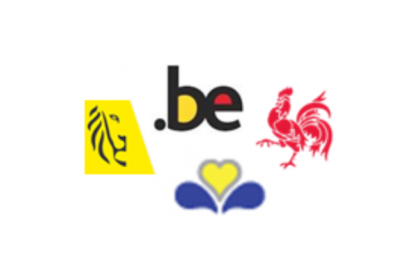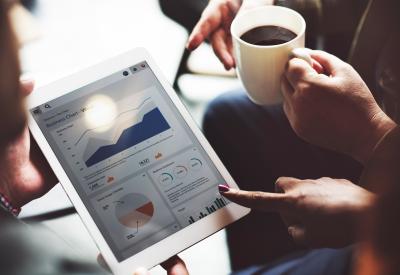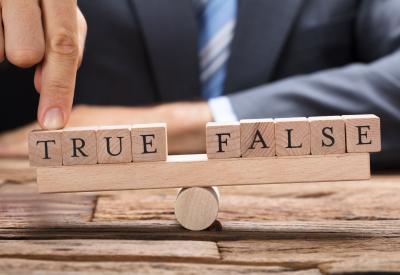Target
e-Invoicing 101Theme
GeneralElectronic invoicing or e-Invoicing is the end-to-end automation of the invoicing process. A word of explanation….
For the supplier of goods or services, and the customer, invoice processing takes up valuable time that both would probably prefer to spend doing something else.
Getting rid of this tedious administrative task is the stuff of dreams. A dream come true thanks to e-Invoicing. A utopia? Far from it! Large companies have already been reaping its advantages since the late 1980s and its use is set to become more widespread.
From the invoice....
But let’s go back to the basics. An invoice is a document drawn up by a person (legal or natural) to claim payment of a debt following the supply of goods or services to another person. If payment has already been made, the invoice states that this debt is extinguished.
The invoice is also an accounting document. As such, it cannot be drawn up in any old way and is subject to specific obligations: in particular, it must state a date, be numbered sequentially, include the VAT numbers of the supplier and the customer, if applicable, etc.
Before being archived, each invoice follows a series of steps, more or less numerous depending on the case:
- Production
- Forwarding
- Transmission
- Reception
- Approval
- Entry
- Payment
- Archiving
... to e-Invoicing
e-Invoicing consists in automating the entire process: from the issuance by the supplier to the payment, or even the archiving, by the customer.
In other words, once the product or service is delivered, the invoice is created and sent without human intervention. It is received and processed at the other end in the same way, using secure IT tools and processes.
It is reliable, faster, and even often more efficient because it helps reduce errors. This also allows significant savings: up to € 9 per invoice, on an average cost estimated at € 12.08. This is demonstrated in particular by this study by the University of Hasselt, commissioned by the Agency for Administrative Simplification (ASA).
“This is not an electronic invoice”
Even if it is done electronically, sending an invoice in PDF format by e-mail is therefore not e-Invoicing. This is because this unstructured format will not be automatically supported on the customer side.
Automated invoice processing requires that IT systems, on both the supplier and customer sides, speak the same language. This has prompted Europe to establish a framework, called PEPPOL, which greatly facilitates the circulation of invoices in the Union, and a standard format for structured invoices, the European Standard for Electronic Invoicing. These two elements mesh perfectly and make large-scale e-Invoicing possible.
Answers to your e-Invoicing questions
It may appear simple but electronic invoicing actually covers a whole range of aspects that need to be taken into consideration. On this website you will find information and answers to the questions you may have about e-Invoicing questions. This will help you take the next step towards the ideal of fully automated invoicing...







